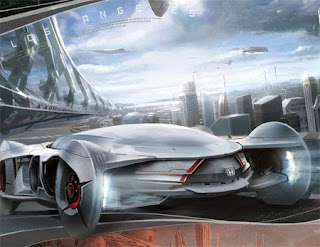The process to manufacture liquid nitrogen in large quantities can be environmentally very friendly, even if fossil fuels are used to generate the electric power required. The exhaust gases produced by burning fossil fuels in a power plant contain not only carbon dioxide and gaseous pollutants, but also all the nitrogen from the air used in the combustion. By feeding these exhaust gases to the nitrogen liquefaction plant, the carbon dioxide and other undesirable products of combustion can be condensed and separated in the process of chilling the nitrogen, and thus no pollutants need be released to the atmosphere by the power plant. The sequestered carbon dioxide and pollutants could be injected into depleted gas and oil wells, deep mine shafts, deep ocean subduction zones, and other repositories from which they will not diffuse back into the atmosphere, or they could be chemically processed into useful or inert substances. Consequently, the implementation of a large fleet of liquid nitrogen vehicles could have much greater environmental benefits than just reducing urban air pollution as desired by current zero-emission vehicle mandates.

Schematic of Liquid Nitrogen Car LN2000
Liquid Nitrogen Propulsion Cycle Diagram
In the LN2000 liquid nitrogen powered concept car, being developed at the University of Washington, the liquid fuel is let out of a pressurized tank, preheated by an economizer which takes heat from the exhaust before it quickly vaporizes, expanding rapidly in an endothermic reaction. This expanding gas is converted into energy that moves the wheels of the converted mail truck by a 15 hp radial air motor.
The main problem that developers of N2 powered cars had to overcome was that when the nitrogen was expanding, it absorbed so much heat, that the pipes that carried the gas would freeze up. This problem has been solved in the LN2000 by preheating the liquid nitrogen in such a way that ice is less likely to form and insulate the pipes and nitrogen from the ambient heat.
The Honda Helix, another car of the future, shall make your kids' and grand kids' ride more interesting.
The motivation behind this invention was that although fuel cells were effective at providing electricity with zero-emissions, the cost of a drive train with fuel cell power would be seven to ten times that of a gasoline engine drive train. The inventors feel that nitrogen, once the process is refined, will have a cost per mile comparable to standard gasoline.
Alternative propulsion is a method which relies on alternative fuels to power cars. In the future, it seems not too impossible that anything can be used to propel cars by establishing the now elementary theory
E=mc².




No comments:
Post a Comment